The fundraiser in Bel Air featured yellow rose centerpieces on every table. The DJ played big-band tunes, including Bing Crosby’s “San Fernando Valley.” A gay couple cooed over their infant and Ginna Carter, the 30ish daughter of “Designing Women” star Dixie Carter, traipsed through the party barefoot, wearing a white chapeau that gave the Sunday affair a touch of “The Great Gatsby.”
With well-polished Westsiders, relaxed politicians and dressed-down studio executives, anyone catching a glimpse of the event while driving on Beverly Glen would have been surprised to discover that it was a Holocaust museum fundraiser.
“I’m not part of this sort of chicken-dinner-at-a-hotel fundraising mentality,” said Rachel Jagoda, the 31-year-old director of the Los Angeles Museum of the Holocaust. “I am young and I do have new ideas.”
The event symbolized a small sea change in local Jewish philanthropy; older donors who built Holocaust museums are learning to work with a younger, less Jewishly oriented generation of donors — people in their 30s and early 40s who are respectful of history yet hip to modern issues.
Central to this generational change will be the Holocaust museum’s planned $5 million new building in the Fairfax District’s Pan Pacific Park. With groundbreaking planned for early 2005, the $5 million capital campaign started nine months ago, with most of that money now raised.
“We’re way over halfway there,” Jagoda said while giving a tour of the 43-year-old museum, which is currently set up on the ground floor of ORT Technical Institute’s building on Wilshire Boulevard. “This is rented space; it’s not a permanent building. It wasn’t meant to be.”
The plan for the glass-rich, semi-submerged museum was designed by architect Hagy Belzberg, who envisions it being built on a grassy hill west of the current Los Angeles Holocaust Memorial Monument. Visitors would enter the building from a downward-angled walkway into a 15,000-square-foot space dedicated to the entire 12 million victims of the Shoah. However, its walls will have 6 million stones to commemorate the Jewish victims.
Holocaust survivor and philanthropist Jona Goldrich, who championed the Holocaust Memorial in Pan Pacific Park, supports Jagoda’s vision. “In another 10 and 15 years, there won’t be any more Holocaust survivors left in the world,” he said.
One of her museum’s board members had a heart attack in October and another, also a survivor, was diagnosed with cancer. “They’re dying so quickly, I’m afraid to answer the telephone,” Jagoda said. “How do you teach the Holocaust in a world that doesn’t have survivors in it?”
The survivors’ ranks are thinning. But the extensive testimonials collected by Steven Spielberg’s Shoah Visual History Foundation have taken the edge off the Jewish communal urgency to record every survivor’s account in the 1990s.
Nationwide, Holocaust museums are traditionally driven by survivors and their adult children, who feel obligated to keep the museums intensely Shoah-focused and emphasizing their parents’ unbelievable stories.
“It’s a big idea that they have down at Pan Pacific Park,” said John Fishel, president of The Jewish Federation of Greater Los Angeles, which funds the museum. Fishel and Jagoda are in ongoing talks about the museum’s planned independence from The Federation.
Fishel said that for decades the survivors and their children wanted “to be fairly narrow cast” in defining what a Holocaust museum should be.
Museum of Tolerance dean Rabbi Marvin Hier said the Tolerance Museum always has focused on telling the Shoah story to non-Jewish audiences. “I’m happy to see that they [Pan Pacific museum promoters] want to follow in our footsteps,” he said. “We have 350,000 visitors a year; more than 80 percent of the visitors are non-Jews.”
Jagoda’s supporters believe the Pan Pacific building will be an L.A. architectural touchstone and evidence of a younger donor generation voicing support for future museum culture.
“As a gay couple, we embrace a museum that is promoting tolerance,” said Sony Executive Vice President Peter Iacono, whose life partner Manfred Kuhnert spent his undergraduate days at Harvard with Jagoda’s husband Ian. (Another Crimson alumnus backing the museum is actor John Lithgow, Jagoda’s father-in-law.)
Kuhnert and Iacono opened their home for the Bel Air fundraiser, co-hosted by Sony Pictures Chair Amy Pascal. “I’m Jewish,” Pascal told The Journal. “Given the mood of the world, I think the Holocaust is something we better not forget about.”






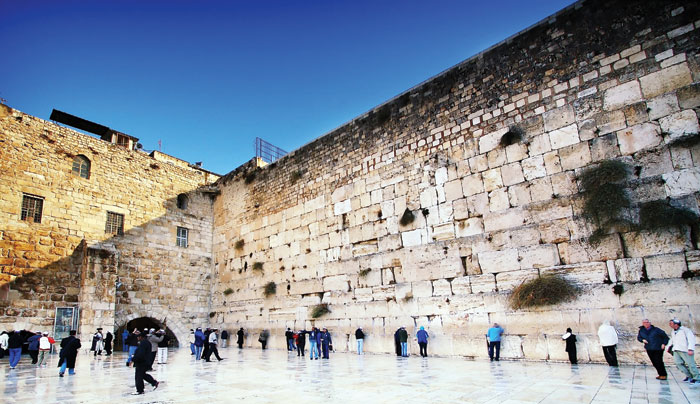
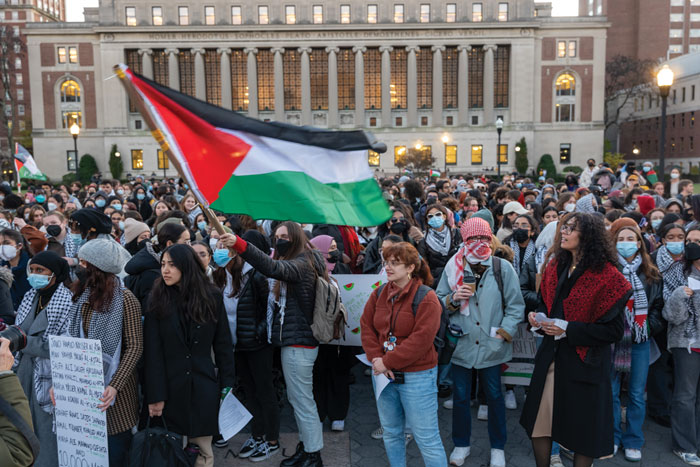
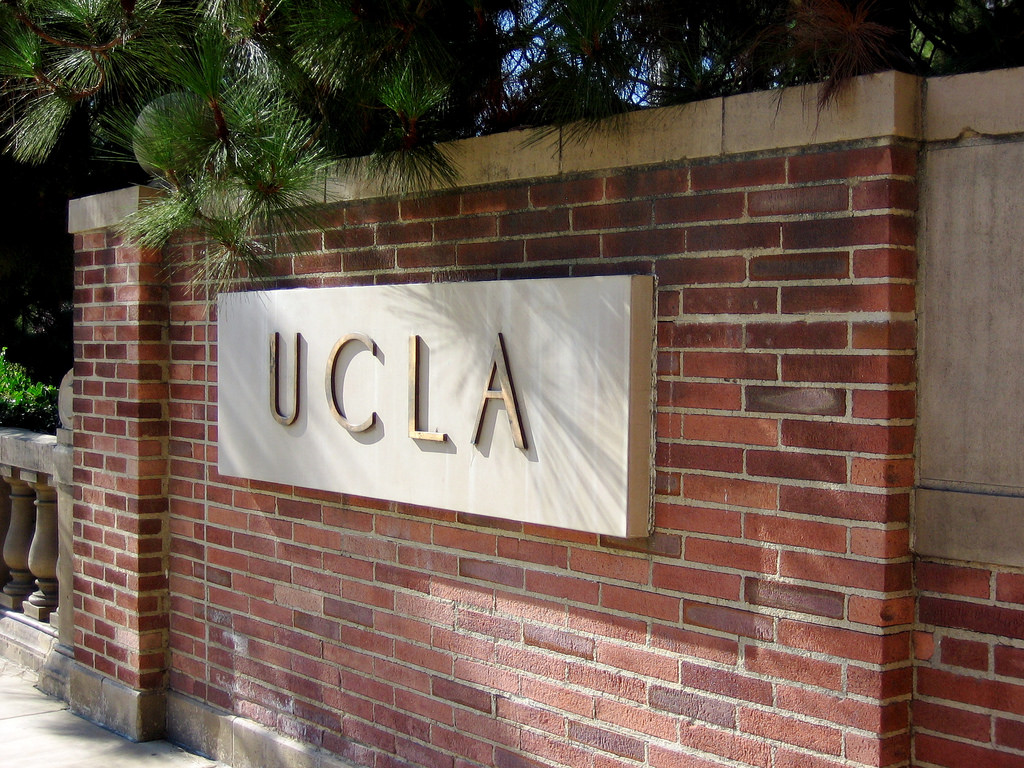
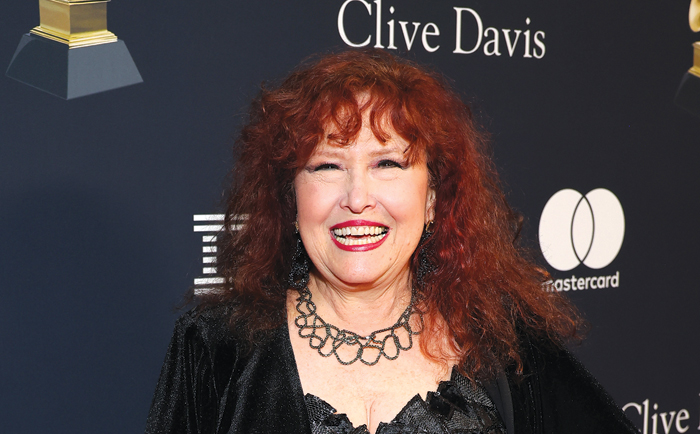

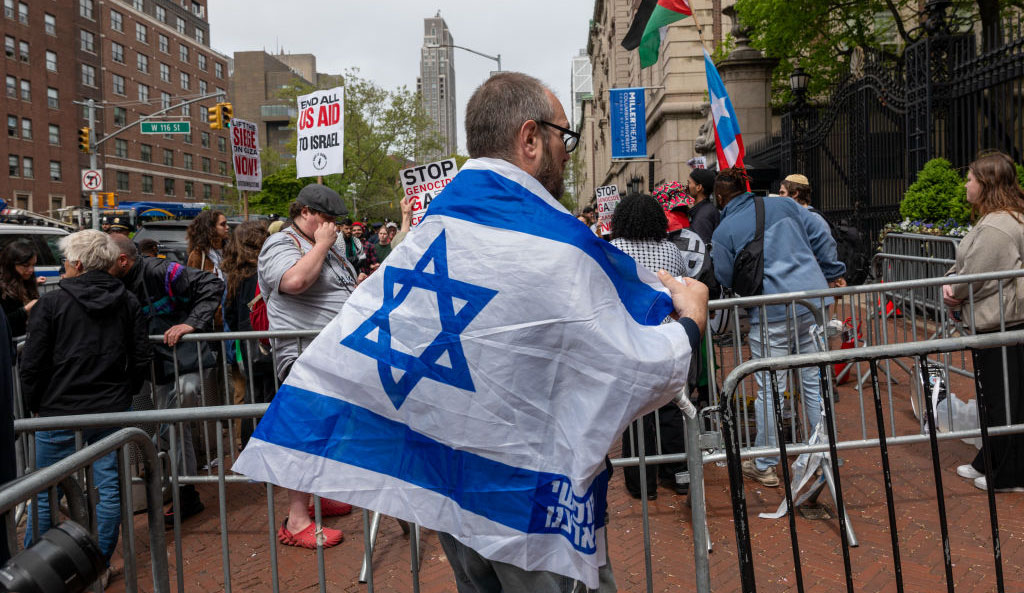
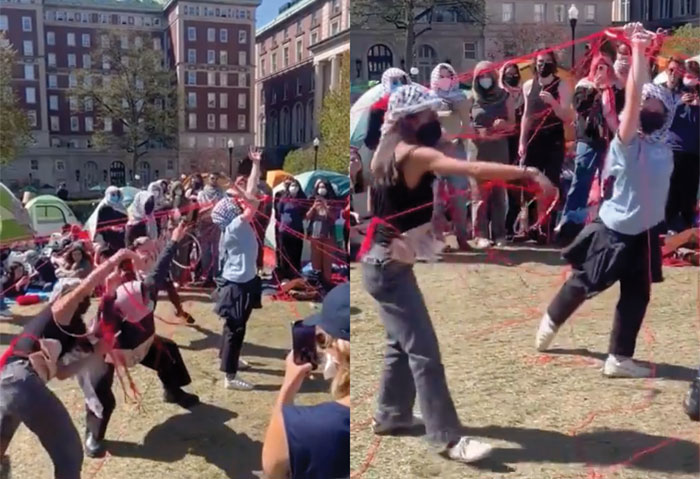
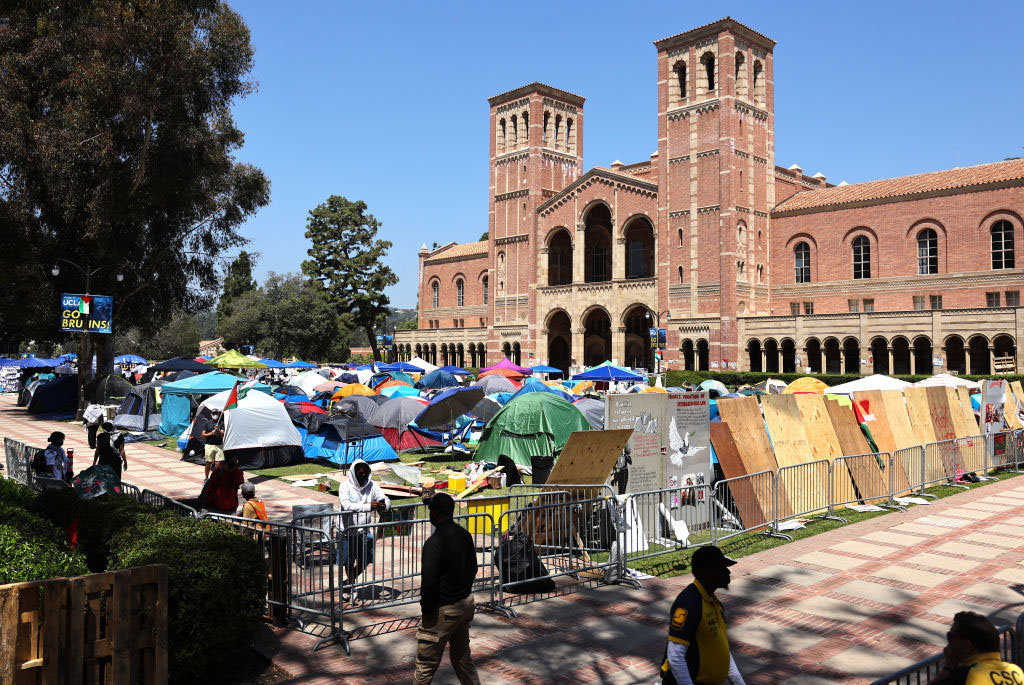
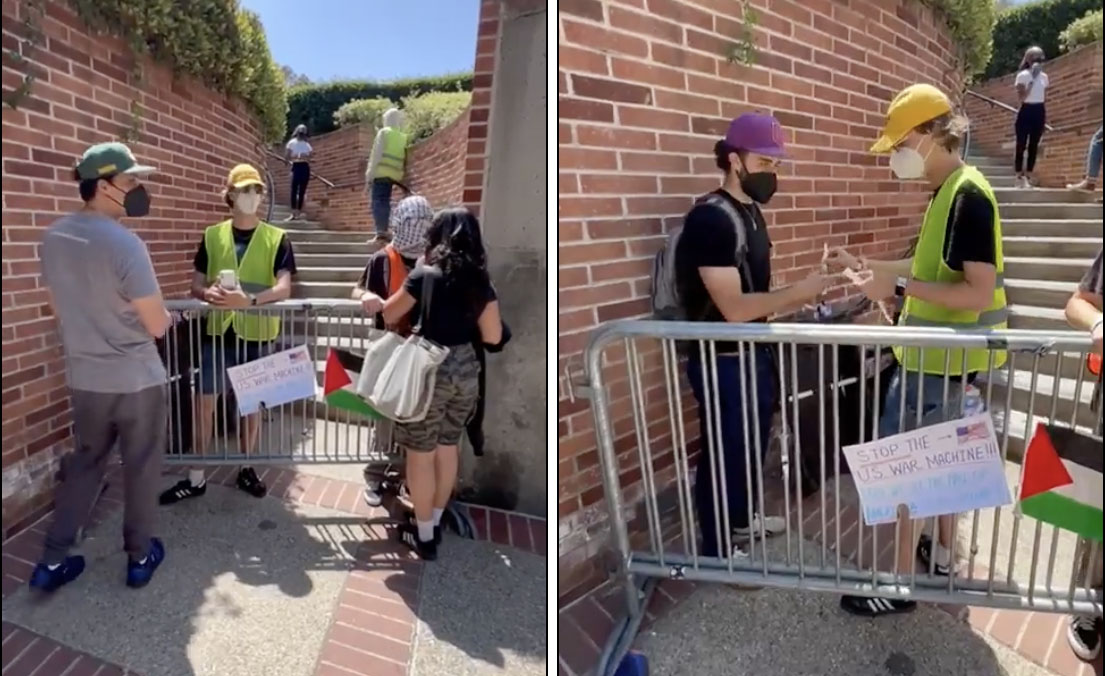
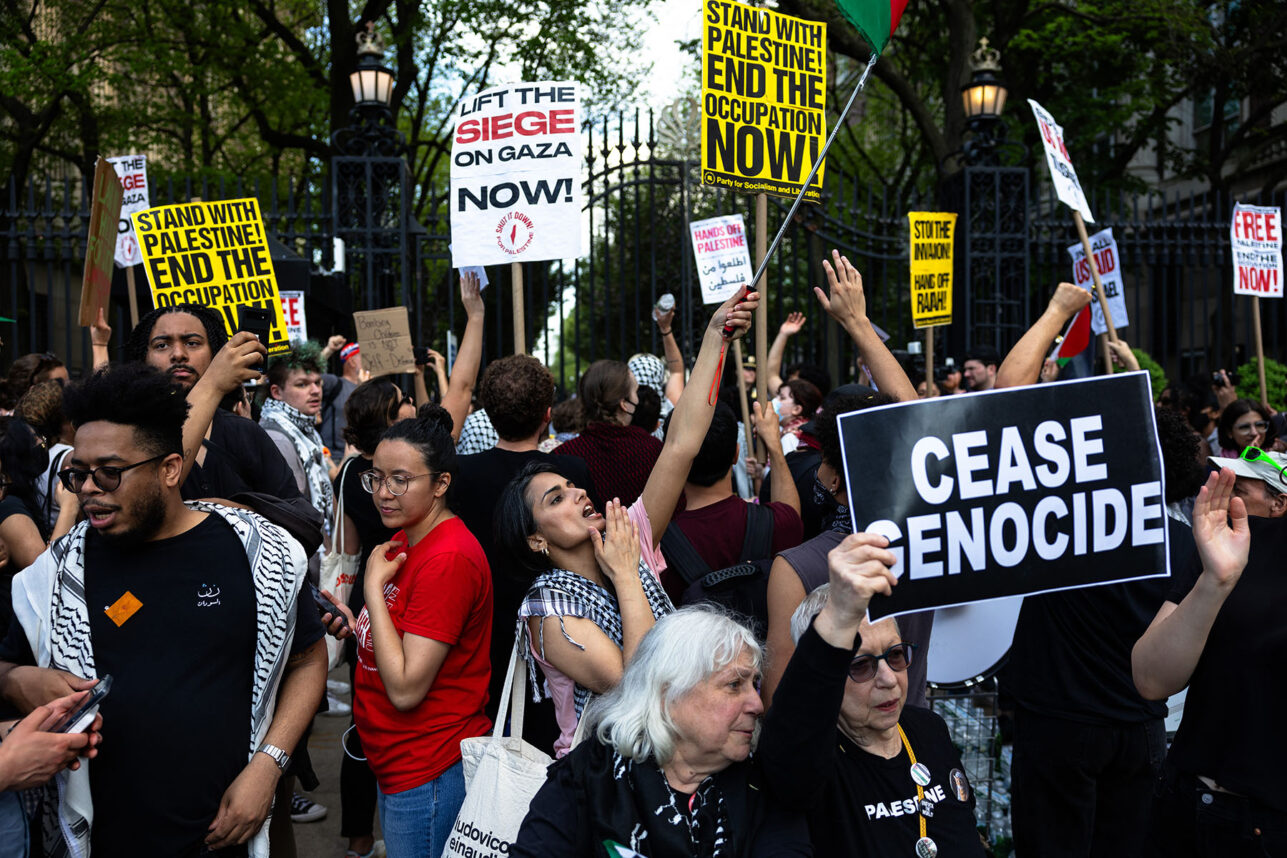






 More news and opinions than at a Shabbat dinner, right in your inbox.
More news and opinions than at a Shabbat dinner, right in your inbox.